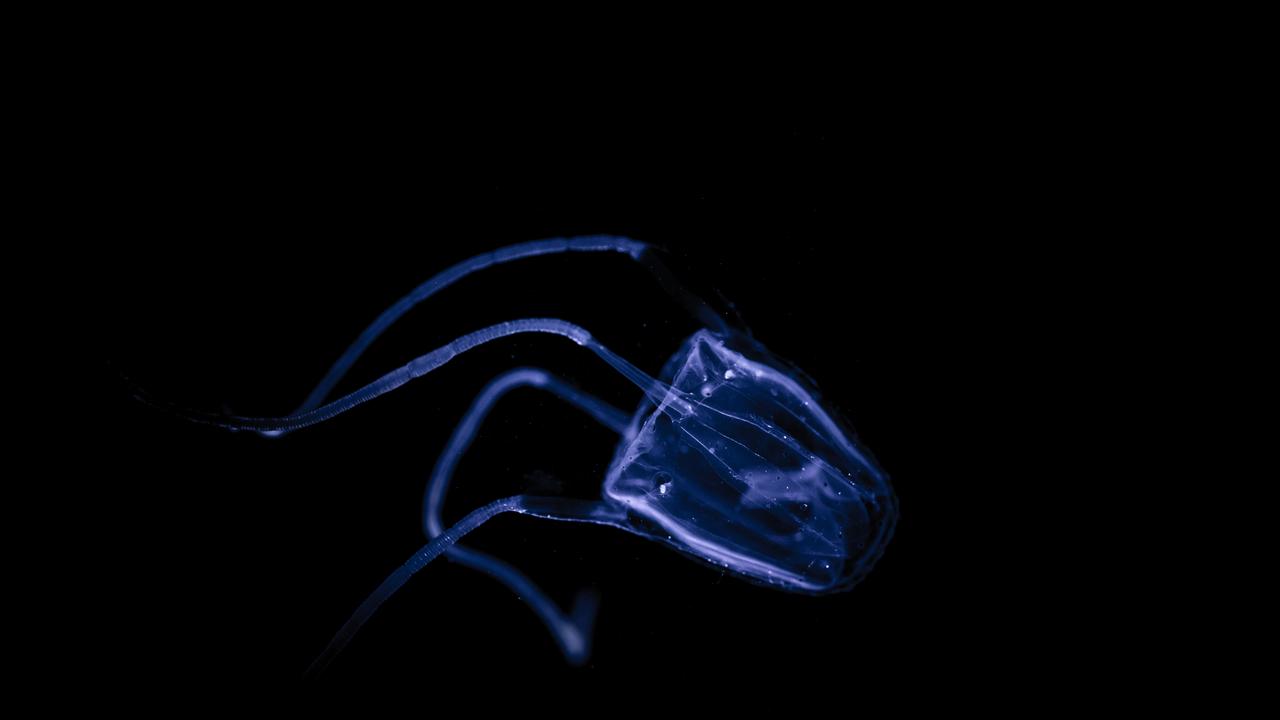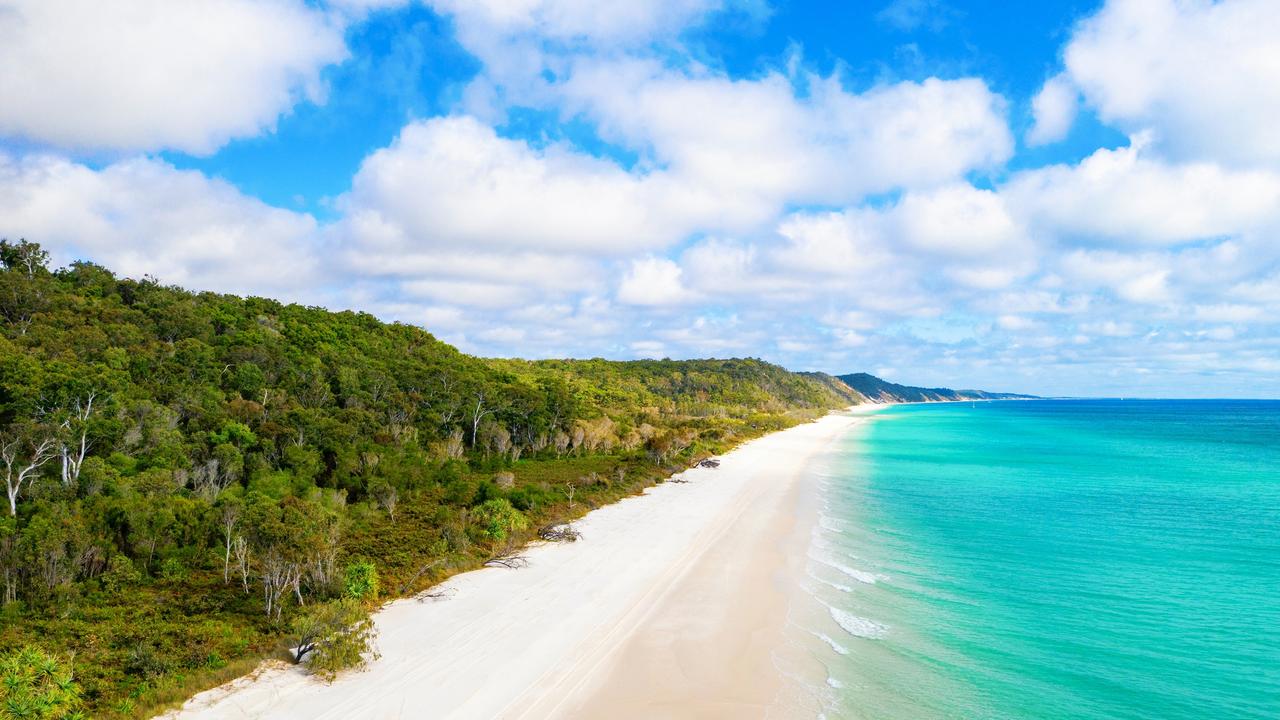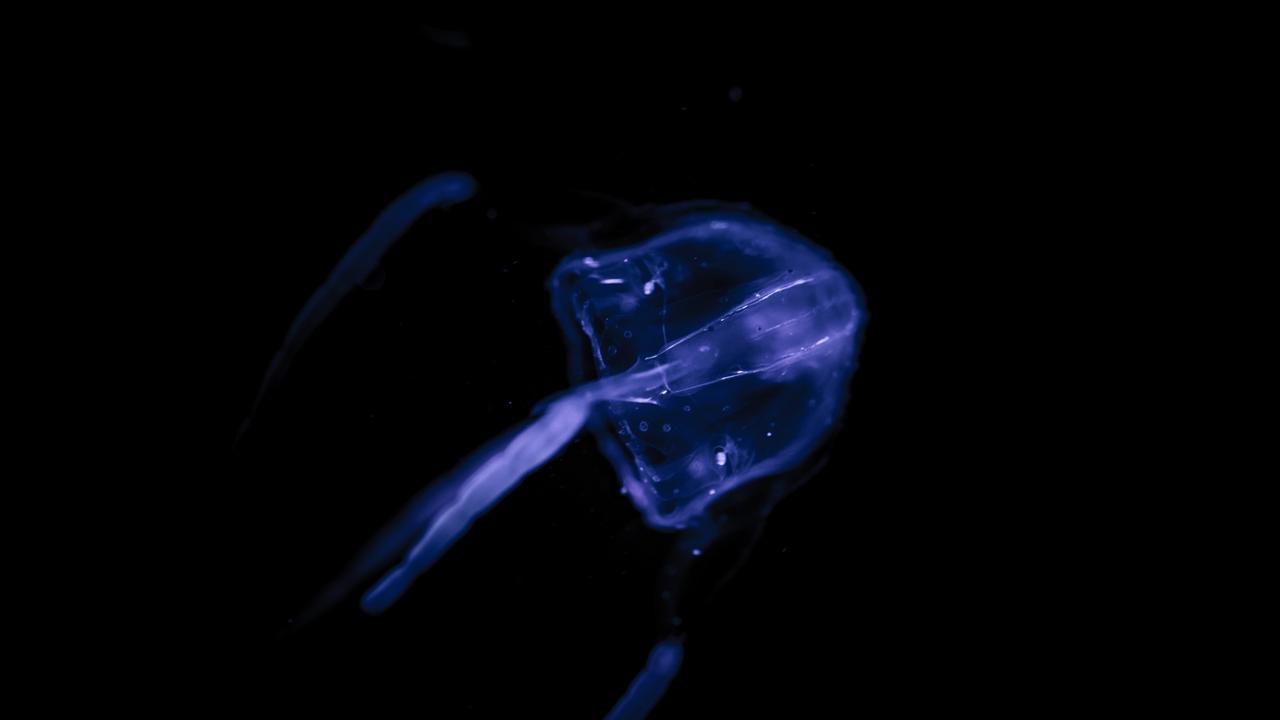Dire warning for Island paradise amid spate of horror stingings
A spate of jellyfish stings in the pristine island waters of a world-heritage paradise have prompted a warning.

Multiple people have been stung by a deadly jellyfish in the waters of a world-heritage paradise on Queensland’s coast this summer- and there are suggestions to close the area’s pristine beaches to stop more potentially life-threatening stings.
The dire warning from Jamie Seymour, the country’s leading authority on the deadly Irukandji jellyfish, follows six reported stingings in the waters of K’gari (Fraser Island) over the course of just four days this January.
Many have included children swimming in the pristine waters of the islands beaches or creeks.

Professor Seymour, a professor at James Cook University’s Institute of Tropical Health and Medicine (AITHM), says he has seen an increase in the length of the stinger season – the period in which the animals emerge in Queensland waters – over the years.
He first discovered the deadly jellyfish, which is only the size of a $2 coin, in the waters near the island decades ago.
At first, the animals’ more active season would extend from only late December to early January.
But in the years since, Professor Seymour says it has now extended by a few weeks to the end of January.
“We have seen a similar thing in Cairns where 60 years ago, the season was about one month long,” Professor Seymour said.
“Now, it’s close to 5-6 months long.”
Over January, a spate of reported Irukandji stingings resulted in emergency services racing multiple people for treatment for the suspected stings.
On January 13, a child was transported to a Queensland Ambulance Service station in Happy Valley on K’gari, for a marine envenomation at 12.30am on January 13.
The next day two children were flown to hospitals in Hervey Bay and Gympie for suspected marine stings near Cathedrals Beach and Woralie Creek campground.


On January 15, a man was flown to Hervey Bay Hospital for a suspected Irukandji sting on Triangle Cliff, in the island’s northwest, about 12.43pm.
Three hours later, a child was flown to the same hospital for another suspected sting near Awinya Rd.
On January 16, a woman was flown to Hervey Bay Hospital for a reported sting on Awinya Rd at 12.43pm.
Despite the spate of stings, Professor Seymour said floods and storms had caused a decrease in stings, which he attributed to a decrease in salinity.
“We have more stings in the north than the central area,” he explained.
“We had Cyclone Jasper which changed things, but the season is longer in the north and hence more people get stung.”
He warned it was a matter of years before the animals began moving into southern waters, saying rising ocean temperatures due to climate change would increase the number of stingings in the future.
“How far will depend on how rapid and high water temperatures rise,” Professor Seymour said.
“No amount of funding will stop them from going further south.”

Professor Seymour said one option was to close K’gari’s beaches to prevent more stings, so urgent research could be conducted to understand better preventive measures.
“The real measure we have at the moment is to close the beaches … not a viable option,” he said.
“We need to ‘know the enemy’. We urgently require research in these areas so we have some idea of what measures can be taken.
“If we understand what the animals are doing then we can make informed decisions as to what should or can be done to protect people.
“(The) bare minimum is an education campaign.”
A 2022 peer-reviewed research article found the annual occurrence of Irukandji in Australian waters cost an estimated $3b in medical costs and tourism losses.
“Despite the medical and economic significance of Carukia barnesi (Irukandji), biological understanding surrounding the basic ecology of this species is severely limited,” the research paper states.

“This is primarily due to characteristics that make tracking and studying this species logistically difficult, such as their small size, venomous nature, metagenetic life cycle (alternating between an asexually reproducing sessile polyp and a sexually reproducing free-swimming medusa), and patchy distribution.”
Signs and symptoms of Irukandji stingings include severe backache or headaches, shooting pain in muscles, the chest and abdomen, nausea, vomiting, restlessness, anxiety and breathing difficulties.
One of 2024’s victims, an eight-year-old boy, reported losing feeling in his legs and screaming in pain while playing the water on K’gari.
Speaking to 9 News, his mother Kristy Te Mana recounted the horrific moment her boy Tenzin needed to be flown to hospital for treatment.
“It felt like he was being stung from the inside and then within maybe five minutes he said he was complaining of chest pain and at that point, I was extremely worried,” she said.
“It was pretty scary, and I just tried to remain calm ,” Te Mana said.
Originally published as Dire warning for Island paradise amid spate of horror stingings



